Ever felt like you're on stage, belting out your heart's song, but the audience is just... nodding off? Or crafted what you believed was the message of the century, only to see it flutter and fall flat like a pancake without the syrup?
Well, your rescue squad awaits in the form of message mapping.
This isn't just another buzzword; it's the communication game-changer, the decoder of jumbled thoughts, and the GPS for your conversational journeys.
If you're tired of your messages getting lost in the vast sea of “blah,” it's time to hop onto the message-mapping train.
Let’s chart a course to clarity and connection!
What is message mapping?
Message mapping is a strategic communication technique used by product marketers to align messaging across an organization. It involves creating a visual diagram that lays out the key messages, proof points, and supporting details that should be conveyed for a product, campaign, or initiative.
The goal of message mapping is to ensure consistency and impact by getting internal teams and external partners on the same page, preventing confusion from mixed messages, and enabling organizations to speak with one voice.
By planning unified messaging upfront through message maps, PMMs can craft compelling narratives that resonate with customers and drive results. Picture it like a tree: The trunk is your main message, and the branches are the detailed points supporting it. So, when you talk or write, your audience gets the whole view, from the sturdy torso to the smallest leaf.
Overall, message mapping brings alignment, clarity, and focus to communications for more effective product positioning and go-to-market strategies.
What makes message mapping different from other communication styles?
Let's think of communication styles as tools in a toolbox. You have many at your disposal, each with its unique purpose.
Message mapping? It's like that multi-tool you always reach for. While other implements might be haphazard or straightforward, message mapping is methodical. It ensures every message element has its rightful place.
Instead of tossing information out there and hoping it sticks, message mapping organizes it, making it more digestible. It's the difference between giving someone a jigsaw puzzle in a jumble and handing it over with a clear picture on the box.

Key benefits of message mapping
Navigating the intricacies of communication can be challenging, but message mapping emerges as your ace. Whether you're a communication newbie or a seasoned pro, the benefits of this strategy are undeniable.
On that note, let’s delve into the key advantages that truly set message mapping apart from the rest.
Improved clarity and consistency
When you have a system in place to organize your thoughts and key points, ambiguity goes out the window. This isn't just about making a one-time clear statement, it's about ensuring every message you send, whether it's today, tomorrow, or months down the line, remains consistent.
That means your audience will always know what to expect from you, reducing misunderstandings and misinterpretations.
Strengthened brand identity
Your brand is more than a logo; it's a voice, a personality. In your product marketing campaigns, utilizing message mapping isn't about just sending messages; it's about curating the narrative of your brand.
By keeping a consistent tone and approach, you anchor your brand's presence in the minds of your audience. Think of it as shaping a standout character in an epic tale – one that not only resonates but leaves an indelible mark.
Enhanced audience engagement
When your messages are coherent, something magical happens: Your audience listens. But it goes beyond mere listening. They engage, they interact, they respond.
A well-crafted message captures attention, and with message mapping, you're equipped to create compelling content that speaks directly to your audience's needs and interests.
Effective communication in crisis situations
When the unexpected happens, you don't have the luxury of time. You need to communicate effectively and efficiently. Message mapping structures your communication so that your responses in crisis situations are methodical.
This helps prevent the spread of misinformation and ensures that your audience, be it customers, stakeholders, or the general public, receives accurate and timely information, building trust even in challenging times.
Efficient resource utilization
Let's talk about savings. Not just monetary, but also time and effort. Every time you revisit a message, tweak it or re-explain something, you're using up valuable resources.
Message mapping acts as a guide, ensuring that your initial communication is spot-on, reducing the need for constant revisions and clarifications. It's like having a blueprint for every construction project, ensuring you get it right from the start, minimizing wastage, and maximizing efficiency.
How to implement message mapping: 5 key steps
Alright, let's roll up those sleeves and dive into the action. You're about to embark on a journey to supercharge your communication, and I'm here to guide you through.
Here's a cheat sheet to get you started on the right track.
- Identify your key audiences
Before you send out any message, it's crucial to know who you're addressing. Understanding your audience's demographics, preferences, and pain points helps tailor your communication effectively. It's all about making them feel seen and heard.
- Define core messages
This is the heart of your product messaging. Your core messages are the crux of what you want to convey. These should be clear, impactful, and resonate with your audience. It's like distilling your entire brand or campaign into a few powerful statements.
- Choose the right channels
Picking where to broadcast your message is as vital as the message itself. Whether it's social media, email newsletters, or good old-fashioned print, selecting the appropriate platform ensures your message reaches its intended audience and doesn't get lost in the noise.
- Gather feedback and iterate
No strategy is set in stone. After putting out your messages, it's essential to gather feedback. What's working? What's not? Use this feedback to refine and perfect your approach, ensuring your messages hit the mark every time.
- Train your team
Training ensures uniformity, preventing mixed signals or confused messaging. Make sure your recruitment skills are brushed up when hiring and that new recruits are on board with these messages from day one.
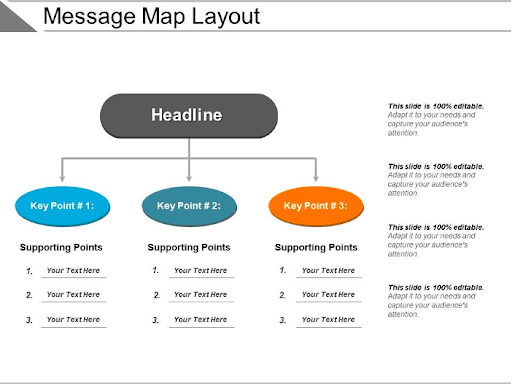
With a deeper understanding of these steps, you're geared up to take your communication game to the next level.
Common mistakes in message mapping (and how to avoid them)
Ah, the pitfalls of message mapping. Even the best of us can trip up sometimes, but that's why I'm here – to give you a heads-up! So, let's peek at some common missteps people often make.
- Overcomplicating the message: Keep it simple. If your audience needs a decoder ring, you've missed the mark.
- Ignoring feedback: Feedback is gold. Ignoring it is like leaving money on the table. We recommend using product feedback software for tracking and managing your customer feedback.
- Neglecting to train the team: A message is only as strong as its weakest link. Everyone should be on board.
- Using too many channels: It's tempting to be everywhere, but it can dilute your message. Be strategic.
- Not reviewing and adjusting: Times change, and so should your message. Regular reviews keep it fresh.
By keeping an eye out for these blunders and knowing how to sidestep them, you'll be well on your way to message mapping mastery.
Examples of effective message mapping
There's no better way to grasp a concept than by witnessing it in action, right? Here are some shining examples of message mapping done right.
Brand makeovers
We've all seen it – a brand that once seemed outdated suddenly becomes the talk of the town. How do they do it? Through impeccable message mapping.
By identifying what resonates with contemporary audiences and fine-tuning their core messages, these brands rejuvenate their image.
They manage to maintain their essence while presenting it in a fresh, relatable manner. It's not just about a new logo or tagline; it's about redefining the brand's narrative in the minds of consumers.
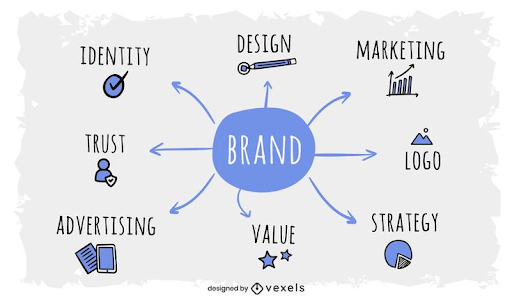
Health campaigns
Effective health campaigns are lifesavers, quite literally. In situations where clear communication can mean the difference between life and death, message mapping becomes paramount.
The best health campaigns distill complex information into easily digestible and actionable advice. They maintain consistency in their messaging across various channels, ensuring that everyone, regardless of their background, can understand and act on the crucial information being shared.
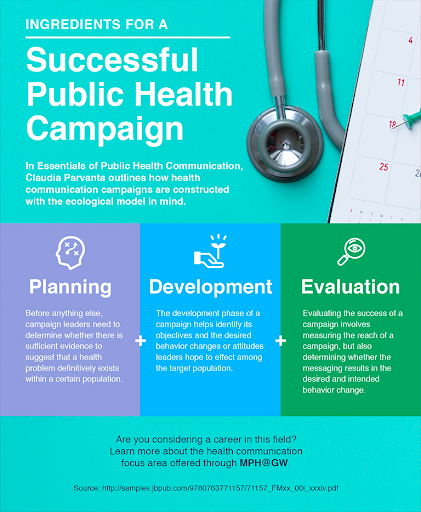
Tech product launches
The tech world is bustling with innovations, but when it comes to launching a product, not every release becomes the talk of the town. The standout ones? They harness the power of message mapping in their product marketing campaigns.
By spotlighting the key benefits and features in an easily absorbable, relatable format, these brands ensure that their product's value shines through. It's more than just flashing specs; it's about narrating how that shiny new gadget will weave effortlessly into your daily rhythm.
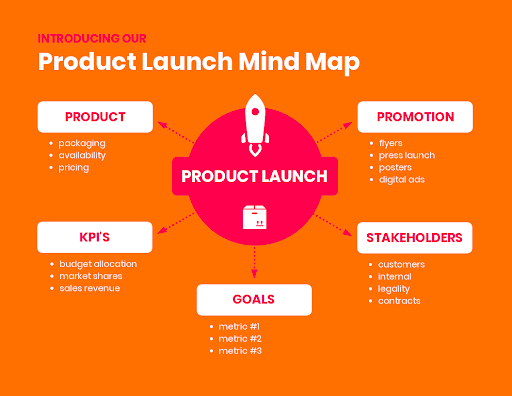
Eco-friendly movements
With the increasing focus on sustainability, green initiatives are gaining momentum. The standout movements in this space are those that communicate their mission with unwavering clarity.
Through message mapping, they underline the importance of their cause, the steps they're taking, and how you can join the crusade. It's not just about highlighting the problems; it's about offering solutions and painting a vision of a greener, better future.
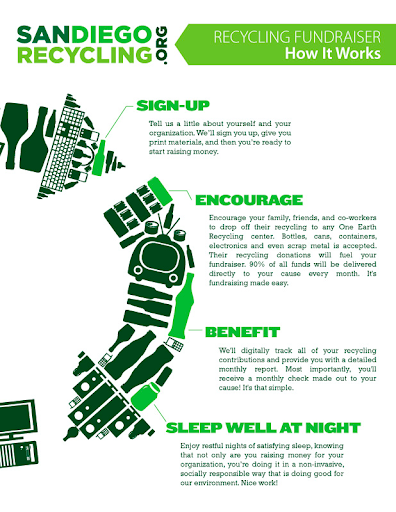
Message mapping in email campaigns
Alright, let's chat about emails. You know, those things that flood your inbox daily? Message mapping can be a game-changer for email campaigns. Imagine you're crafting an email for your subscribers. By using message mapping, you can zero in on the core messages you want to convey, making sure every word hits its mark.
It helps declutter the content, ensuring your reader isn't left wading through unnecessary fluff. The result? Clear, concise, and compelling emails that not only grab attention but also drive action. It's all about making your emails matter in an inbox full of noise.
Structuring your message into your email sequence
Dive into our specially crafted email sequence, designed to take you on a compelling journey. From the very email introduction, where we set the stage, to the concluding note that ties everything together, each message is meticulously mapped out to ensure a cohesive narrative.
It's not just about sending emails; it's about telling a story that resonates, informs, and engages.
- First email: Introduce the core message. Set the tone and give your readers an enticing glimpse of what's to come. Think of this as your hook, grabbing their attention right off the bat.
- Second email: Build on that introduction. Dive a bit deeper, providing more context and starting to weave in the details, all while staying true to the core message you've established.
- Third email: Showcase a related aspect or angle, but ensure it ties back to your primary theme. This email adds layers to your narrative, keeping the reader engaged and curious.
- Fourth email: Reiterate and reinforce. Delve into the significance of your core message, maybe sharing examples or success stories that underscore its importance.
- Fifth email: Wrap it all up. Revisit the main points you've covered in the previous emails, cementing the core message in your reader's mind. End with a strong, compelling call-to-action or conclusion that drives the entire sequence home.
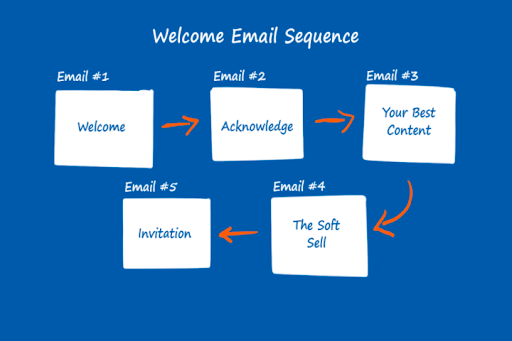
By structuring your email sequence in this manner, you're taking readers on a guided journey, ensuring that each email plays a pivotal role in communicating your mapped-out message.
Utilizing email automation tools
With email automation tools, you're stepping into a realm where efficiency meets effectiveness.
Picture this: While you're sipping your morning coffee, these tools are hard at work, sending out perfectly timed emails, segmenting your lists, and even handling responses.
And if you're active in the world of outreach, cold email tools can be your best friend. They take the guesswork out of reaching out to potential clients or partners, ensuring your message lands right where it needs to.
In essence, with these tools in your arsenal, you're not just sending emails; you're strategizing, optimizing, and winning at the email game.
Pro Tip: Email address format really matters. For higher open rates it's important to use domain-based email addresses like yourname@yourdomain.com.
Key takeaways on message mapping
Alright, let's wrap this up with a neat little bow. Message mapping, at its core, is all about crafting and delivering your message with precision.
Whether you're rebranding, launching a product, driving a movement, or sending an email, having a clear communication roadmap is vital.
We've seen brands flip their narratives for the better. Health campaigns have made important info easy to grasp. Tech launches have simplified complex innovations. Eco-initiatives have inspired large groups to act. All these successes share a common thread: The power of effective message mapping.
The common pitfalls? Overcomplicating things, ignoring feedback, and inconsistent communication. But armed with the right strategies and insights, these can be easily sidestepped.
So, as you venture forth into the world of communication, remember the essence of message mapping: Clarity, consistency, and resonance. With those in your toolkit, you're all set to make a lasting impact.


 Follow us on LinkedIn
Follow us on LinkedIn
